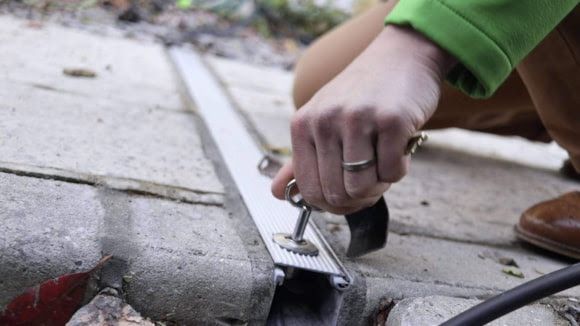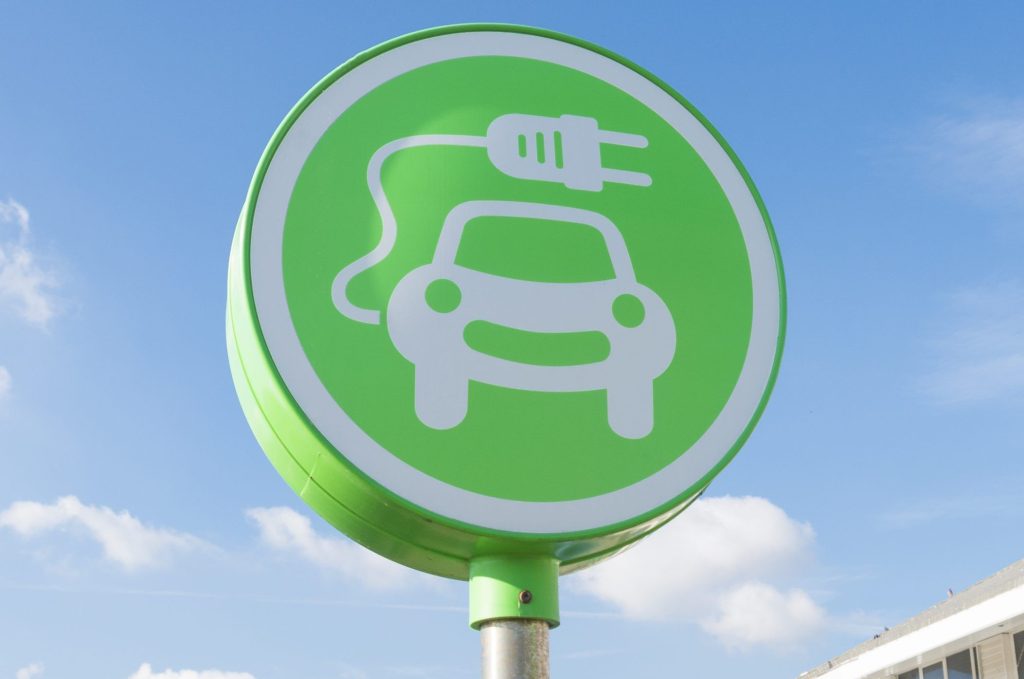London Councils has published new guidance to support boroughs’ roll out of cross-pavement electric vehicle (EV) charging solutions.
Such solutions enable those without off-street parking to charge domestically, and follows the government’s recent announcement of £25 million in funding for local authorities to install cross-pavement EV charging solutions across the country.
London currently has 193,000 plug-in cars and vans, with that number expected to rise to 1.4 million by 2030. While 90% of EV users prefer the cost savings and convenience of home charging, 61% of Londoners do not have access to off-street parking.
This growing gap has led to a rise in trailing charging cables across pavements, creating trip hazards and accessibility risks, especially for older residents and those with mobility or visual impairments.
Using either a surface ‘gully’ or a system buried under the pavement, cross-pavement solutions avoid trip-hazards and allow charging cables from a home charge point to safely be used.
Installations are completed within 1.5 to 3 hours, and blend into existing street materials to maintain safe pedestrian access, costing from £1,000 – £1,500.
The guidance follows several councils trialling such solutions, including Enfield Counil and Kerbo Charge, and Bromley Council with its Gul-e solution.
Mayor Brenda Dacres, London Councils’ Executive member for Transport and Environment, said:
“We’re serious about tackling air pollution and cutting carbon emissions in London. That’s why it’s crucial to make switching to electric vehicles an option for more Londoners – especially those without driveways. Cross-pavement charging is a simple but powerful innovation that can help open up affordable home charging to thousands of residents. Just as importantly, it helps reduce trip hazards caused by loose charging cables, keeping our pavements safe and accessible for all.”
“By supporting boroughs to roll out these solutions safely and fairly, we’re removing one more barrier to cleaner transport and making real progress toward a greener, healthier capital.”
Image courtesy of London Councils










